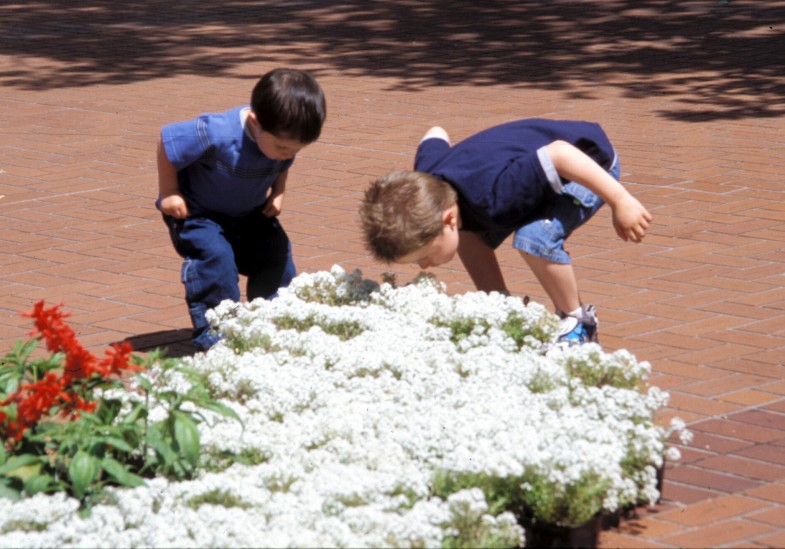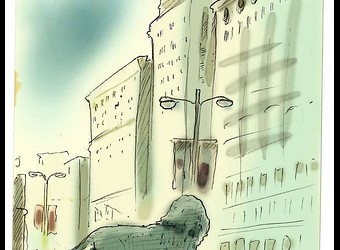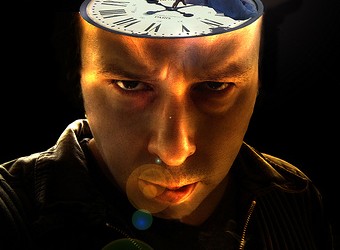1. The Community Is the Expert
Tapping into the ideas and talents of a community – inviting people into the process who have an interest or stake in a particular place, such as those who live or work there — is crucial in deciding how to develop or improve a place.
2. You Are Creating a Place, Not Just a Design
Creating a place entails a broader view that goes beyond design; a successful public space possesses four key attributes: accessibility, activities, comfort, and sociability.
3. You Can’t Do It Alone
A good public space requires more resources and expertise than any one individual or organization can offer.
4. They Always Say “It Can’t Be Done”
When an idea stretches beyond the reach of an organization and and someone says, “It can’t be done,” what that usually means is, “We’ve never done things that way before.”
5. You Can See A Lot Just by Observing
When people observe a space, they learn about how it is actually used, rather than how they think it is used.
6. Develop A Vision
A vision for a public space should be defined primarily by people who will live, work around, and use the space.
7. Forms Support Function
The most successful places grow out of understanding what a space needs to offer so that people will use it. By following and incorporating the uses articulated by the community, a designer can not only make the a space interesting to look at and be in, but also very functional.
8. Triangulate
The concept of triangulation relates to locating elements in such a way that the chances of activity occurring around them is greatly increased. For example, if a children’s reading room in a new library were located next to a playground in a park with a food kiosk, more activity would occur than if these facilities were sited separately.
9. Lighter. Quicker. Cheaper.
Many great plans become bogged down because they are too big, cost too much, and take too long to happen. Short-term actions, like planting flowers, can be a way of not only testing ideas, but also giving people the confidence that change is occurring and that their ideas matter.
10. Money is Not the Issue
All too often, the lack of money is used as an excuse for doing nothing. In fact, too much money often discourages the inventiveness, creativity, and persistence required to create a great place.
11. You are never finished
About 80% of the success of any public space can be attributed to its management. No matter how good the design of a space is, it will never become a true place unless it is cared for well.






